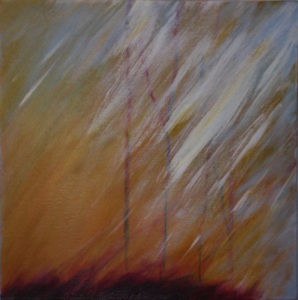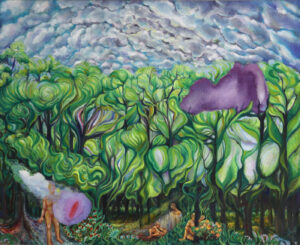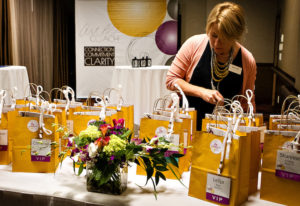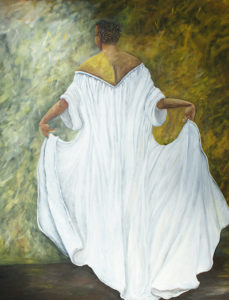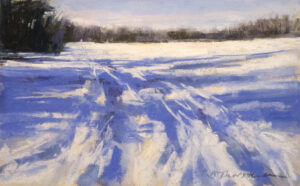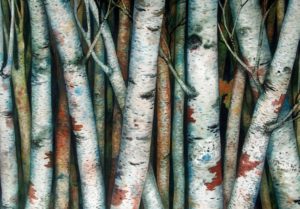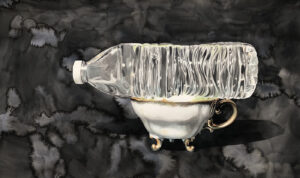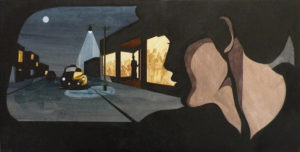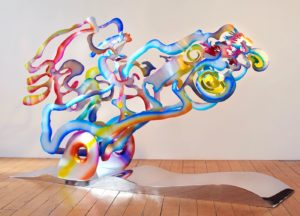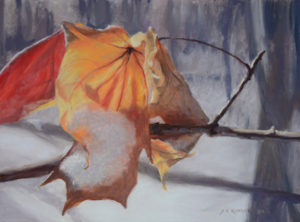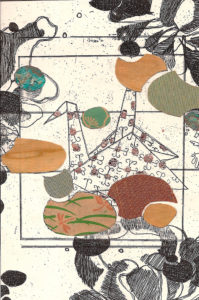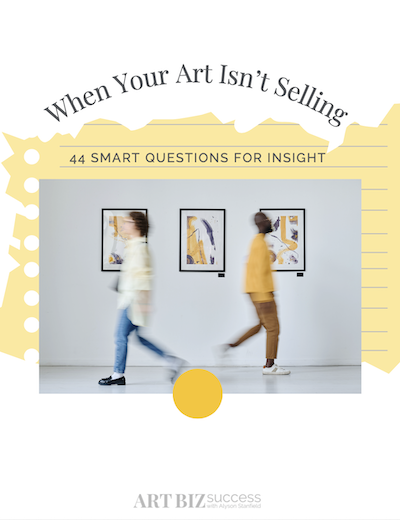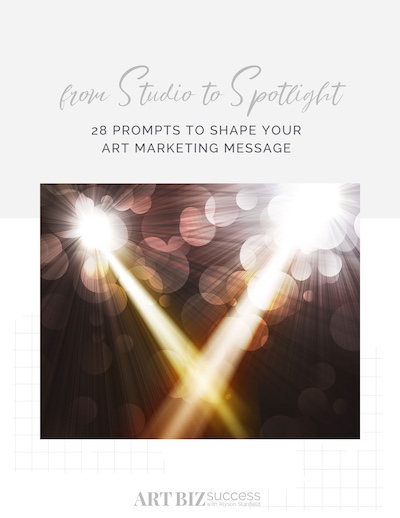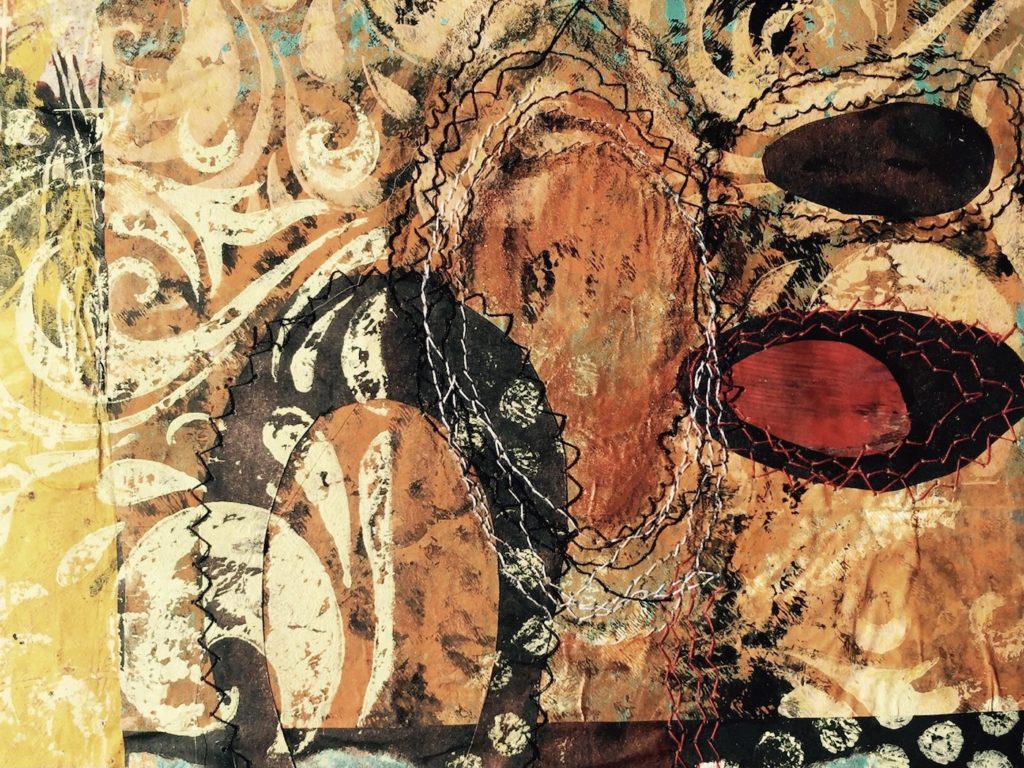
The Art Biz ep. 81: Art Business Procedures to Keep You Organized
If you’re an intentional artist, you’re in the right place.
I’m wrapping up a month of talking about how systems can keep you organized and make you a more productive artist. The Art Biz Podcast episodes have been a tad more didactic than usual, and hopefully they are helping you get your art business better organized.
In episodes 79 and 80 I talked with artists Jennifer Printz and Betty Franks about how they have systematized aspects of their successful art businesses.
In episode 78, I did a broad overview of this topic and shared my definition of a system.
A system is a series of clear steps or procedures for accomplishing a specific task. It could be a task that you do regularly (weekly, monthly, or quarterly) or one that you do infrequently but know that you’ll need to repeat it in the future.
I also went through the individual steps for creating a new business (or even personal) system that you can rely on to make life easier. Now I want to focus on documenting your system.
Procedures that you have to rely on to stay productive should be written down and saved in a central location. It doesn’t count to have a general idea of what needs to be done and how it must happen. You document everything to save time and effort in the future, and I can’t think of a single artist who wouldn’t be thrilled with a little extra time in their day accompanied by a lot fewer frustrations.
So type up the procedures you’ll need and keep them in a central location.
We call this your Art Biz Handbook.You may hear it referred to by other, more corporate-y businesses as an Operations Manual or as Standard Operating Procedures (SOPs). My team member Kristen O’Neill says those sound too much like manuals for a nuclear plant, so we settled on Your Art Biz Handbook.
Written procedures are used in large and small businesses. And they can be a lifesaver even if you’re a 1-person business.
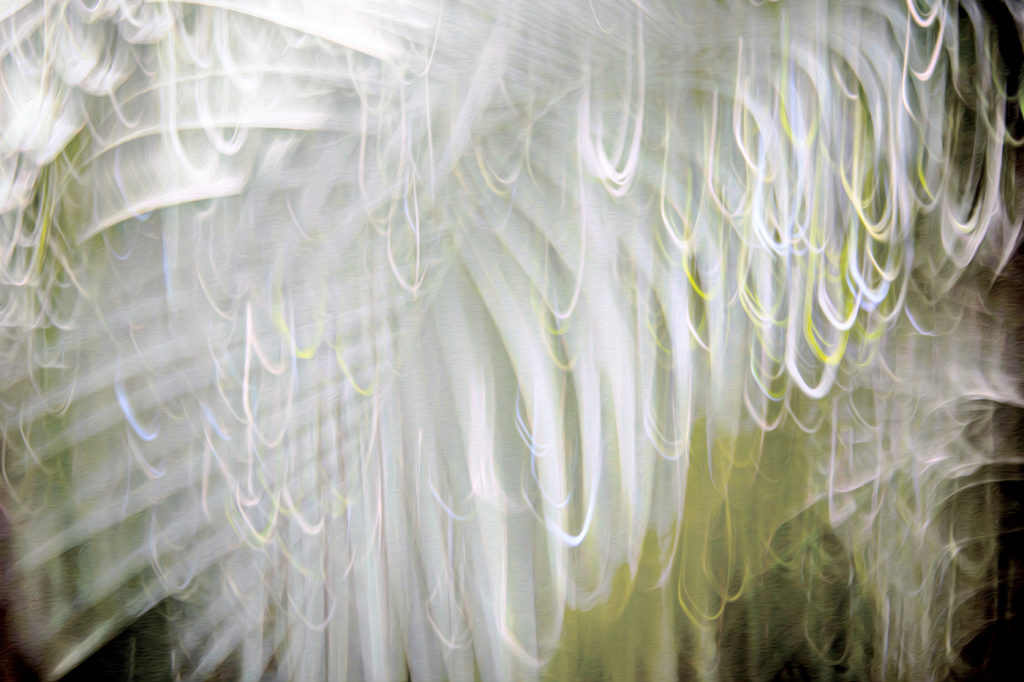
The Art Biz ep. 78: How to Increase Your Productivity and Creativity with Art Business Systems
I am the queen of systems.
There is a reason why my signature program is the Art Career Success SYSTEM. I believe that when you take the time to put in place easily repeatable steps to do a certain task or implement a project, you free your mind and calendar for the more creative pursuits of the studio.
You have a better organized business and life. You are more productive, fueling the creativity you need in the studio.
What is a System for Your Art Business?
We often think of the technology that we use as a system, but the technology is just a means to the end. It’s a tool we use for a specific step (or set of steps) in part (or all) of the systematic process.
My definition of a system is this …
A system is a series of clear steps or procedures for accomplishing a specific task. It could be a task that you do regularly (weekly, monthly, or quarterly) or one that you do infrequently but know that you’ll need to repeat in the future.
You can create systems for almost everything in your art business. As I said, I have even developed a system that helps your entire art business run smoothly. The Art Career Success System gives you a reliable structure that you can turn to at any point in your art business and career. And return to again and again as you evolve.
I think of this program as a complete ecosystem that holds together the meta-systems within the various spokes of your business.
Examples of Business Systems for Artists
You might benefit from any of these meta-systems within your art business.
- A system for following up with your best prospects and supporters so that they don’t get lost in your ecosystem.
- A system for shipping artwork, including packaging, insurance, and tracking.
- A system for publishing a newsletter—from storing ideas to writing the first draft to scheduling it to be sent.
- A system for when you have completed an artwork. Consider what you want to do with a finished work: photograph it, add it to your inventory, post it to social media, and perhaps ship it.
- A system for accepting commissioned artwork. What is your process for onboarding collectors who commission work? And how do you accept payment and keep them informed?
In this episode of the Art Biz Podcast, I discuss the 3 benefits to implementing solid systems in your business, how to know when you need to fix a system, and the process for documenting your system.
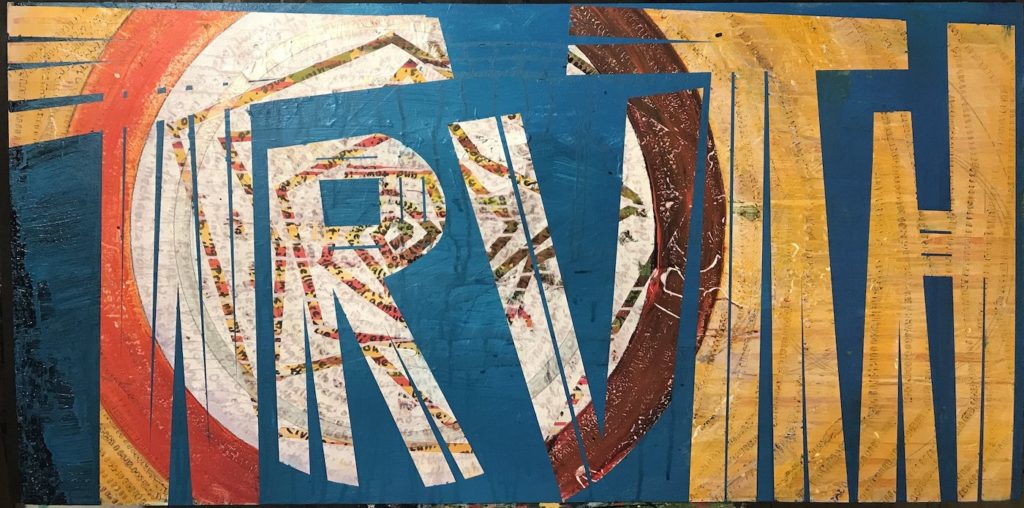
The Art Biz ep. 74: Creating a Monthly Report for Your Art Business
We’re obsessed with how many likes we get on social media posts or how many views our videos received.
We are consumed by “getting” more followers and subscribers.
But do numbers equal success?
No, of course not. But they are an easy way to measure what is working well and what might need a little tweaking.
This month in the Art Biz Success community, we’re looking into measuring success.
What do you measure?
How do you measure?
Do the numbers tell a story?
Most importantly, you have to know what success means to you before you can discern any insights in the measuring step. Numbers will never be helpful until there is meaning behind them.
I’ve said before that I believe success is measured by the progress you make, not by comparing yourself to others. Check out The Art Biz Podcast episodes #32 (Success Is Complicated) and #71 (Goals for Artists) for more about that.
This new episode gives you a framework.
Sem volutpat nec bibendum nec viverra rutrum
Ipsum amet, ultrices suscipit eu eget tortor a, tincidunt urna, mattis aliquam duis eget luctus id. Facilisis enim sem donec tortor nunc lorem quam nunc odio mauris facilisis quis mollis semper nullam. Proin et scelerisque varius gravida feugiat habitant enim fermentum, dictumst odio eleifend aliquam elementum et urna, nibh pellentesque pellentesque semper elementum dictum nunc pellentesque aliquam varius aliquet pulvinar adipiscing sollicitudin egestas varius eu semper blandit sed tincidunt odio at magna phasellus massa ornare
Congue faucibus magna in
Non faucibus tincidunt commodo est arcu ipsum augue ipsum at vitae, nunc purus erat sem leo fames facilisis scelerisque sagittis, quam vitae. Morbi nisl, tempus lorem faucibus nibh ac vitae quis in lorem odio aliquet eget ornare sit. In id molestie leo praesent cursus condimentum amet, mus porttitor tellus varius massa eget nec sed lectus aenean volutpat vitae, urna in diam vitae leo enim at dignissim tellus mi ante accumsan. Diam facilisis vel arcu adipiscing
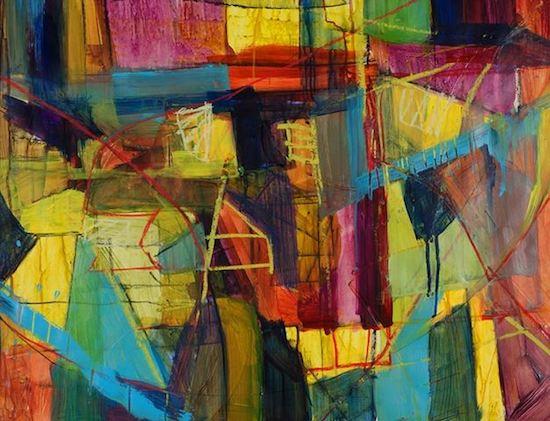
Test Your Art Marketing Efforts for Better Results
Have you been promoting your art the same way for years without seeing better results? Allow me to remind you of this quote.
Insanity is doing the same thing over and over again and expecting different results.
It first appeared in 1981 text from Narcotics Anonymous and has been misattributed at various times to Albert Einstein, Benjamin Franklin, and Mark Twain.
If the quote is true, are you nuts?
Being Persistent and Consistent with Your Art Marketing
You are undoubtedly investing a lot of time and resources into your art business: websites, blogs, social media, videos, newsletters, postcards, and more. That’s terrific!
I’m a big fan of persistence and consistency—in doing the same thing over and over again—in marketing. You must commit to certain repeated marketing tasks before you can judge their effectiveness.
At the same time, I believe in tweaking aspects of your marketing as you go along. As an entrepreneur interested in earning money from your art, you want to understand what’s working and what isn’t. This is why it’s critical to track your numbers.
You should learn something with each new artwork, email, newsletter, or blog post, and you need to use that knowledge to get better results in the future.
Every marketing effort should be a test. Nothing in your routine should be considered sacred because you want increasingly better results.
What brings you the most clicks?
What blog post is attracting the most attention?
What results in more subscribers?
What leads to more opportunities?
What has given you the most engagement on social media?
What did you send that encouraged immediate responses from recipients?
Use the lists here to adjust, test, and repeat for improved results.

